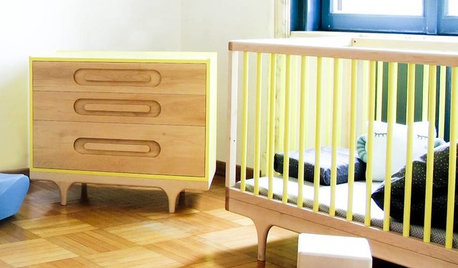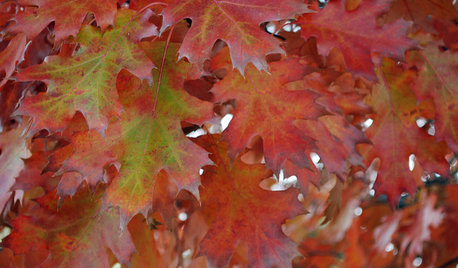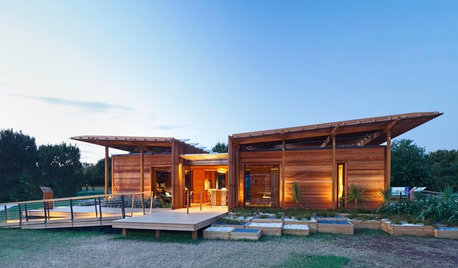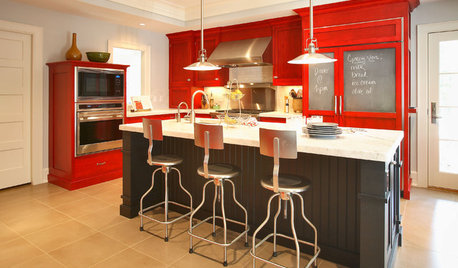Safest way to leave something cooking all day?
northcarolina
11 years ago
Related Stories

HEALTHY HOMEGive Your Baby the Healthiest, Safest Nursery Possible
Protect your newborn by choosing nontoxic nursery furniture, bedding, rugs and paint. We give you all the details here
Full Story
GARDENING GUIDES6 Healthy Ways to Handle Fallen Leaves
Once nature's beautiful bounty is spent, these ecofriendly strategies for leaves will put your yard in the clear
Full Story
LAUNDRY ROOMSRoom of the Day: The Laundry Room No One Wants to Leave
The Hardworking Home: Ocean views, vaulted ceilings and extensive counter and storage space make this hub a joy to work in
Full Story
FALL GARDENING5 Ways to Put Fall Leaves to Work in Your Garden
Improve your soil and yard the organic way with a valuable garden booster that grows on trees
Full Story
DECORATING GUIDES9 Ways to Boost Your All-White Color Scheme
Grays, seafoam, metal, wood and more help embolden a white-on-white look so it doesn't leave you cold
Full Story
ROOM OF THE DAYRoom of the Day: Guest Bedroom Makeover Addresses All the Angles
An angled ceiling and angled walls are no challenge for a creative designer and her open-minded clients
Full Story
DECORATING GUIDESRoom of the Day: Black, White and Red All Over
Custom fabric, heirlooms, bold color and a beloved collection of books cozy up this farmhouse library
Full Story
GREEN BUILDINGStudents’ Award-Winning Home Leaves Small Footprint
A cost-effective, solar-powered New Zealand prefab home has good looks to match
Full Story
DECLUTTERINGDownsizing Help: Choosing What Furniture to Leave Behind
What to take, what to buy, how to make your favorite furniture fit ... get some answers from a homeowner who scaled way down
Full Story
COLORReady to Try Something New? Houzz Guides to Color for Your Kitchen
If only mixing up a kitchen color palette were as easy as mixing batter. Here’s help for choosing wall, cabinet, island and backsplash hues
Full Story







Ron Natalie
brickeyee
Related Professionals
Annandale General Contractors · Channelview General Contractors · Converse General Contractors · Eau Claire General Contractors · Greensburg General Contractors · Jackson General Contractors · Mount Vernon General Contractors · Pine Hills General Contractors · Rosemead General Contractors · Sauk Village General Contractors · Downey Solar Energy Systems · Little Ferry Solar Energy Systems · Chattanooga Home Automation & Home Media · Englewood Home Automation & Home Media · Newtown Square Home Automation & Home MediaElmer J Fudd
greg_2010
Elmer J Fudd
greg_2010
brickeyee
Elmer J Fudd
northcarolinaOriginal Author
countryboymo
northcarolinaOriginal Author
lbpod
brickeyee
Elmer J Fudd
ionized_gw
Elmer J Fudd
kurto
lbpod
yosemitebill
northcarolinaOriginal Author
ionized_gw
lbpod
kurto
geller
weedmeister